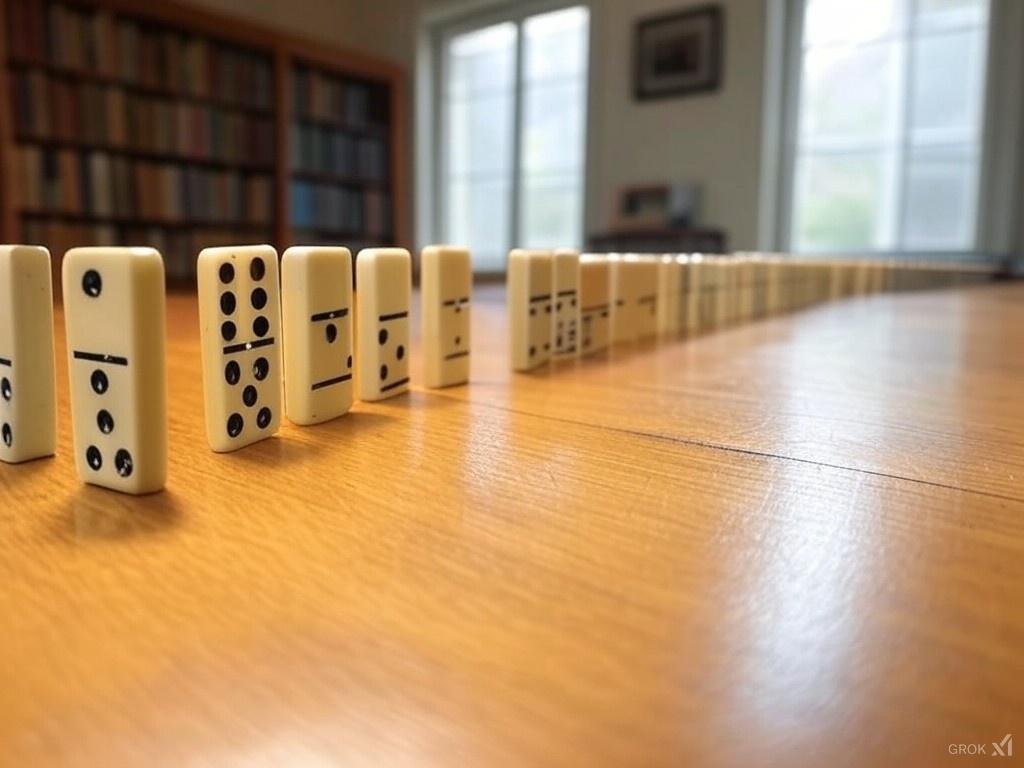The One Thing: A Powerful Path to Productivity and Purpose
By Blake Anderson, MSW, RSW, Therapist & Life Coach in Toronto, Canada
Welcome back to my blog series on the “Top 25 Productivity Books.” Today, I’m spotlighting The One Thing by Gary Keller and Jay Papasan—a classic in the business and personal development space known for its laser focus on identifying the single most important task in your day. Below, I’ll share key ideas from the book, why they resonate with my clients, and how you can apply them to organize your life around what matters most.
Why “The One Thing” Matters
The One Thing is all about cutting through noise and focusing on your highest-impact activities. Instead of juggling a dozen priorities, Keller and Papasan urge readers to isolate the one task that, if done consistently, drives you toward extraordinary results.
- Purpose & Priority: If you know your deeper “why,” it’s easier to identify that singular task that aligns with your goals.
- Goal Setting to the Now: They teach you to think backwards from your 5-year plan, down to what you must do today.
- Time Blocking & Habit Formation: Protect time each day to focus on your “one thing,” just like Jerry Seinfeld’s “don’t break the chain” approach.
I find that when my clients define their most critical task and intentionally block time for it—whether in relationships, career, or personal wellness—they report feeling less overwhelmed and more accomplished.
Key Themes & Practical Insights
1. The Focusing Question
“What’s the ONE thing I can do such that by doing it everything else will be easier or unnecessary?”
This question forms the heart of the book. Think of it as a filter for decisions and tasks. If a particular activity doesn’t support your highest goal or purpose, you say no and protect your energy for what truly counts.
- Tip: Write this focusing question on a sticky note or notepad. Ask yourself daily, “Is this action serving my one thing?”
2. Building a “Success Habit”
The authors talk about dedicating daily time to your top priority until it becomes second nature. This approach is similar to:
- Jerry Seinfeld’s Writing Routine: Mark off each day that you devote to your “one thing,” forming a streak.
- Stephen King’s Daily Writing Habit: Consistency trumps intensity—do it regularly rather than occasionally.
3. Purpose & Priority in Sync
When you’re clear on your purpose—what lights you up in work, relationships, creativity, or health—you can set a priority that aligns with it. Keller and Papasan stress that “priority” was originally a singular concept: you have one first thing, and everything else is secondary until that’s handled.
- Therapeutic Perspective: In my sessions, I often see clients juggling multiple demands. We use Socratic questioning to zero in on what truly sparks meaning for them. Then we create a plan that supports their core priority.
4. Connecting 5-Year Goals to Daily Tasks
A common mistake is dreaming big without a clear map of how to get there. The One Thing teaches you to reverse-engineer from your big goal to the steps you’ll take:
- Identify a 5-year vision (What do you want most?)
- Break it down to quarterly or monthly milestones.
- Finally, ask, “What’s my one thing today that moves me toward that vision?”
Observations From My Practice
Many of us feel scattered because we’re constantly reacting to life. By focusing on the one thing, my clients learn to respond strategically rather than react impulsively. This shift can reduce burnout and increase motivation, especially when you see steady progress in the areas that matter most—like health, career advancement, or fulfilling relationships.
I also find that once people master one core habit, it often leads to positive spillover into other domains. For example:
- Improving fitness can boost energy for work projects.
- Enhancing communication in relationships often improves leadership skills on the job.
That’s the beauty of laser focus: one deliberate change can harmonize and organize multiple aspects of your life.
Recommendations for You
- Time Blocking: Reserve uninterrupted blocks for your one thing—ideally when your energy is highest.
- Checklists vs. Priorities: Write down your tasks, then circle the one that is most critical. Commit to it first.
- Accountability: Find a coach, therapist, or trusted friend to help you stay on track. Let them know your “one thing” and check in regularly.
- Reflect & Refine: Periodically reassess if your “one thing” still aligns with your big-picture goals. Adjust as needed.




















